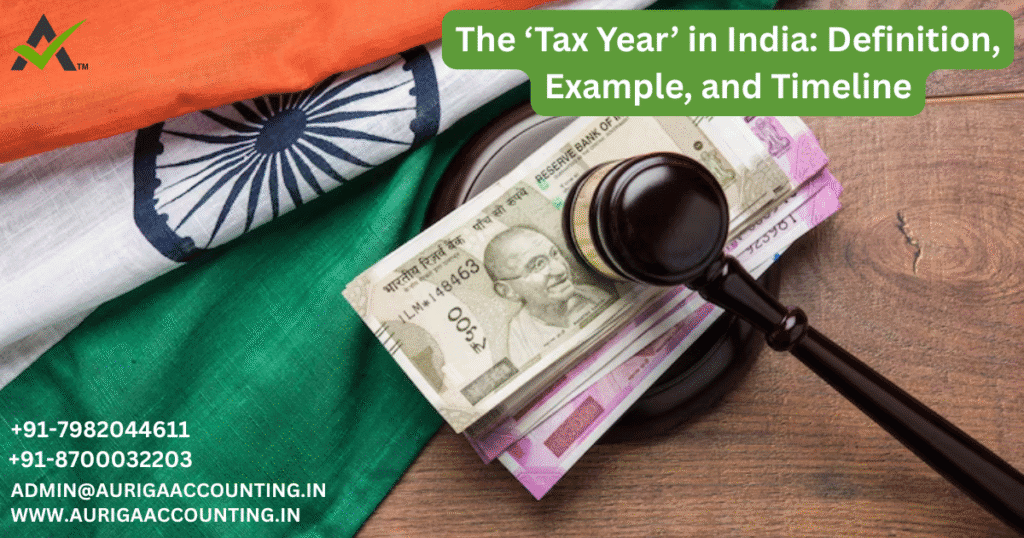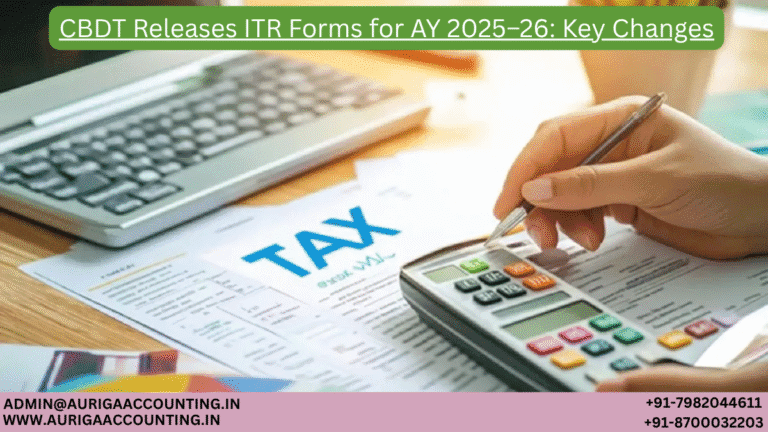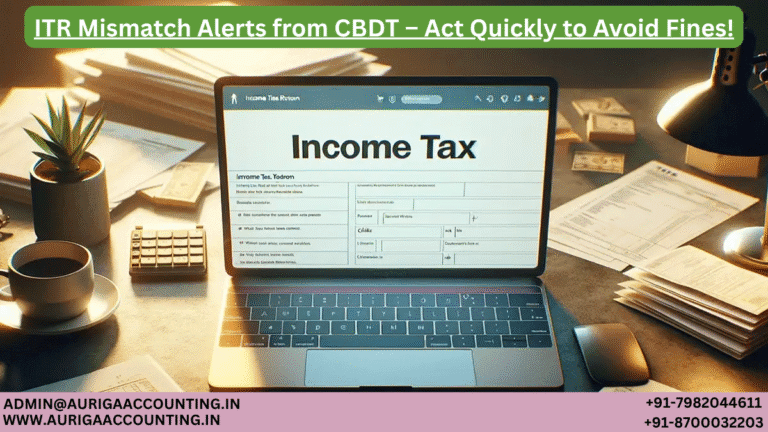
The ‘Tax Year’ in India: Definition, Example, and Timeline
Introduction
ToggleThe Final Income Tax Bill 2025 was presented in Parliament on February 13, 2025. A major update in this bill is the introduction of the Tax Year, which replaces the traditional concepts of the Financial Year (FY) and Assessment Year (AY). Understanding this change is essential for all taxpayers required to file their Income Tax Returns electronically. The goal of this reform is to simplify tax compliance for individuals and businesses nationwide.
In this article, we will explore the concept of the Tax Year as defined in the new Income Tax Bill 2025 and examine its implications for taxpayers
What is a Tax Year?
The Tax Year is a new term introduced to replace both the Financial Year (FY) and Assessment Year (AY) in India’s tax framework. It refers to a 12-month period running from April 1st to March 31st of the following year.
Here’s the interesting part:
If you start a new business partway through the year, your Tax Year for that business will begin from the date it starts and end on March 31st.
Similarly, if you begin earning income from a new source—such as a fresh investment or rental property—the Tax Year for that income will start from the date you begin receiving it
Why Was the Tax Year Introduced?
Previously, India’s tax system used two different terms:
Financial Year (FY): The year in which income was earned
Assessment Year (AY): The year in which that income was assessed and taxes were filed
This dual terminology often led to confusion, especially for new taxpayers. The introduction of the Tax Year aims to simplify the process by:
Replacing both FY and AY with a single term
Allowing taxpayers to file returns for the same year in which the income was earned
Aligning India’s tax system with global practices for better clarity and consistency
Why Not Continue Using ‘Financial Year’?
While the Tax Year now defines the period for earning and assessing income, the term Financial Year is still retained for certain legal and procedural functions. It remains relevant for activities like:
Filing deadlines
Audit processes
Rectifications and other statutory compliance matters
Can a Tax Year Be Less Than 12 Months?
Yes. In certain cases, a Tax Year can be shorter than 12 months. For example:
If you start a new business mid-year
If you begin receiving income from a new source partway through the year
In such cases, the Tax Year begins on the date the activity starts and ends on March 31st. This flexibility ensures a smooth transition under the new system
How Is a Tax Year Different from the Financial Year and Assessment Year?
Previous and Assessment Year (Under the Income Tax Act, 1961)
Under the existing Income Tax Act, 1961:
Previous Year refers to the year in which income is earned.
Assessment Year is the year in which that income is evaluated and taxed.
Example:
If you earned income between April 1, 2024, and March 31, 2025 (Previous Year 2024–25), it would be assessed and taxed in Assessment Year 2025–26.
Financial Year
The Financial Year (FY) still runs from April 1 to March 31 and is used for legal, regulatory, and accounting purposes.
Example:
FY 2024–25 = April 1, 2024 to March 31, 2025
FY 2025–26 = April 1, 2025 to March 31, 2026
Calendar Year
A Calendar Year (January 1 to December 31) is not used for taxation in India. The tax system strictly follows the April–March cycle.
Introduction of the Tax Year in the New Income Tax Bill
The Tax Year introduced in the Income Tax Bill 2025 combines the concepts of both the Financial Year and Assessment Year into a single term. It simplifies tax reporting by aligning the year of income earned and taxed.
The new system will be effective from April 1, 2026, subject to final approval by the Standing Committee and Parliament. Further amendments may be made before implementation.
Comparison: Tax Year vs Financial Year vs Assessment Year
Aspect | Tax Year (New System) | Financial Year (Old System) | Assessment Year (Old System) |
|---|---|---|---|
Definition | Period in which income is earned and reported | Year when income is earned | Year when income is assessed and taxed |
Duration | April 1 – March 31 | April 1 – March 31 | April 1 – March 31 (following year) |
Tax Filing | Tax is filed after the same year ends | Indicates the income-earning period | Tax return is filed in this year |
Example | Tax Year 2026–27 (April 1, 2026 – March 31, 2027) | FY 2026–27 (Income earned in this period) | AY 2026–27 (Tax for income earned in FY 2025–26) |
Will This Affect My Tax Filing?
Yes—but in a good way! The introduction of the Tax Year simplifies the tax filing process for everyone. Here’s how it benefits you:
No More Confusion Between FY and AY
You only need to remember one term: Tax Year. This eliminates the common confusion caused by referencing two different years.Tax Deadlines Remain Unchanged
The last date for filing your Income Tax Return (ITR) will still be July 31st, unless the government announces an extension.Improved Clarity for Businesses
Companies and professionals can manage their tax obligations more efficiently without juggling between Financial Year and Assessment Year references
Special Cases: When the Tax Year Is Less Than 12 Months
There are instances where your Tax Year may be shorter than the usual 12-month cycle. This applies when:
You start a new business partway through the year.
A new source of income begins during the year (e.g., investment income, rental income).
Example:
If you start a business on October 1, 2026, your first Tax Year will run from October 1, 2026, to March 31, 2027. From the following year, your Tax Year will follow the regular April 1 – March 31 cycle
About the Author
Priya
priya is a skilled legal writer who specializes in simplifying complex legal and tax concepts. Her work is designed to empower entrepreneurs and small business owners by delivering practical insights that make navigating business laws easier. With a focus on clarity and usability, her articles help readers confidently handle the legal side of starting and managing a business












